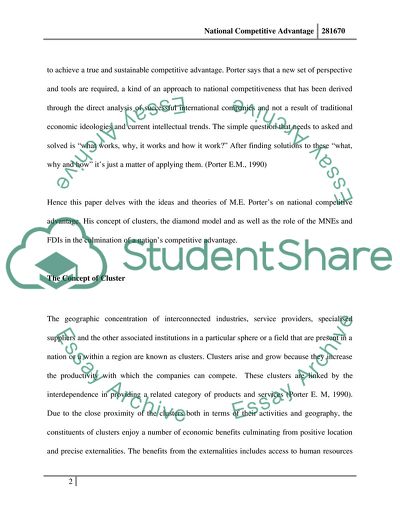Cite this document
(National Competitive Advantage of Nations Coursework, n.d.)
National Competitive Advantage of Nations Coursework. Retrieved from https://studentshare.org/marketing/1721717-do-porters-ideas-on-national-competitive-advantage-adequately-explain-the-means-by-which-specific-nations-have-achieved-economic-success
National Competitive Advantage of Nations Coursework. Retrieved from https://studentshare.org/marketing/1721717-do-porters-ideas-on-national-competitive-advantage-adequately-explain-the-means-by-which-specific-nations-have-achieved-economic-success
(National Competitive Advantage of Nations Coursework)
National Competitive Advantage of Nations Coursework. https://studentshare.org/marketing/1721717-do-porters-ideas-on-national-competitive-advantage-adequately-explain-the-means-by-which-specific-nations-have-achieved-economic-success.
National Competitive Advantage of Nations Coursework. https://studentshare.org/marketing/1721717-do-porters-ideas-on-national-competitive-advantage-adequately-explain-the-means-by-which-specific-nations-have-achieved-economic-success.
“National Competitive Advantage of Nations Coursework”. https://studentshare.org/marketing/1721717-do-porters-ideas-on-national-competitive-advantage-adequately-explain-the-means-by-which-specific-nations-have-achieved-economic-success.


